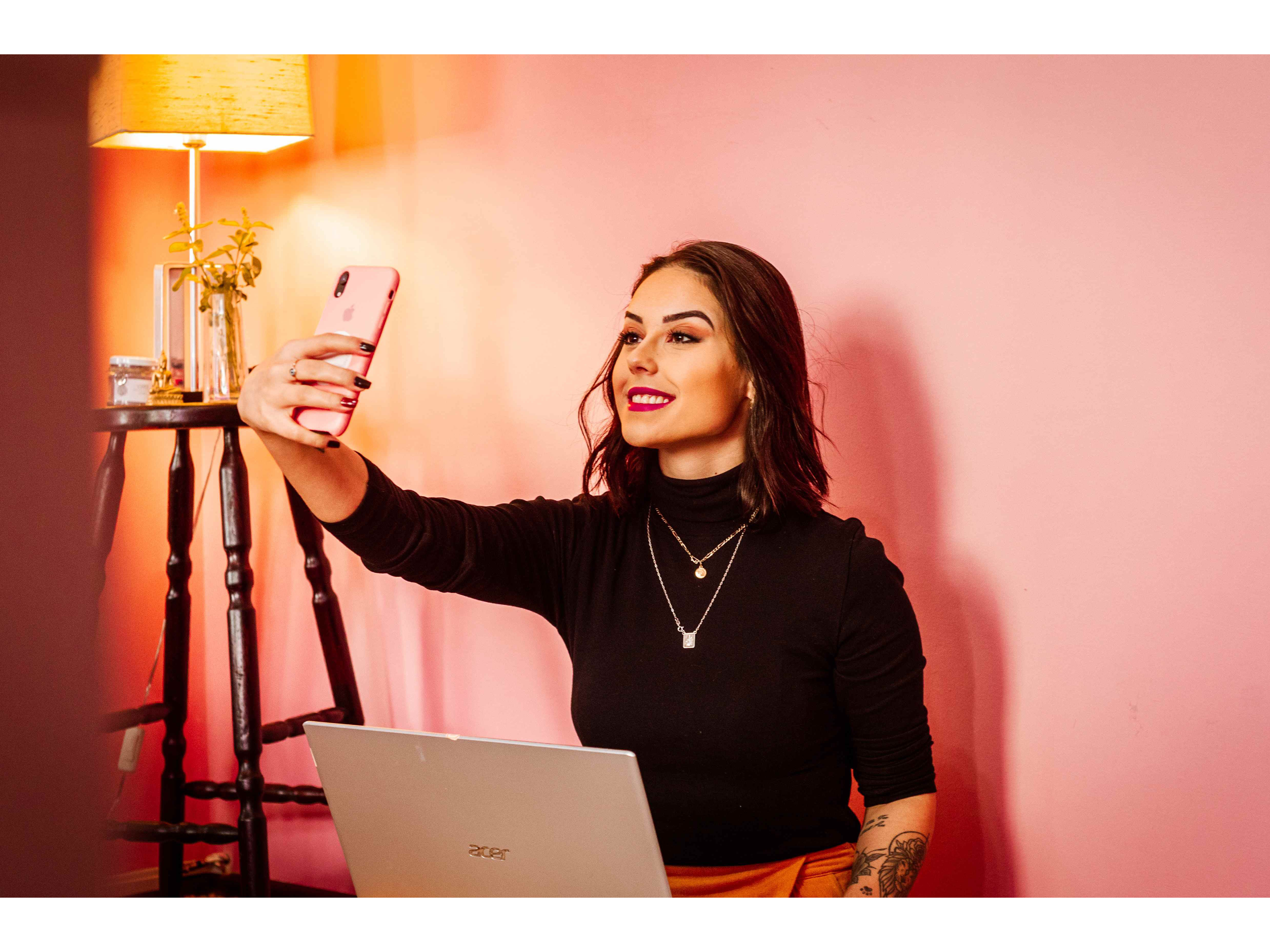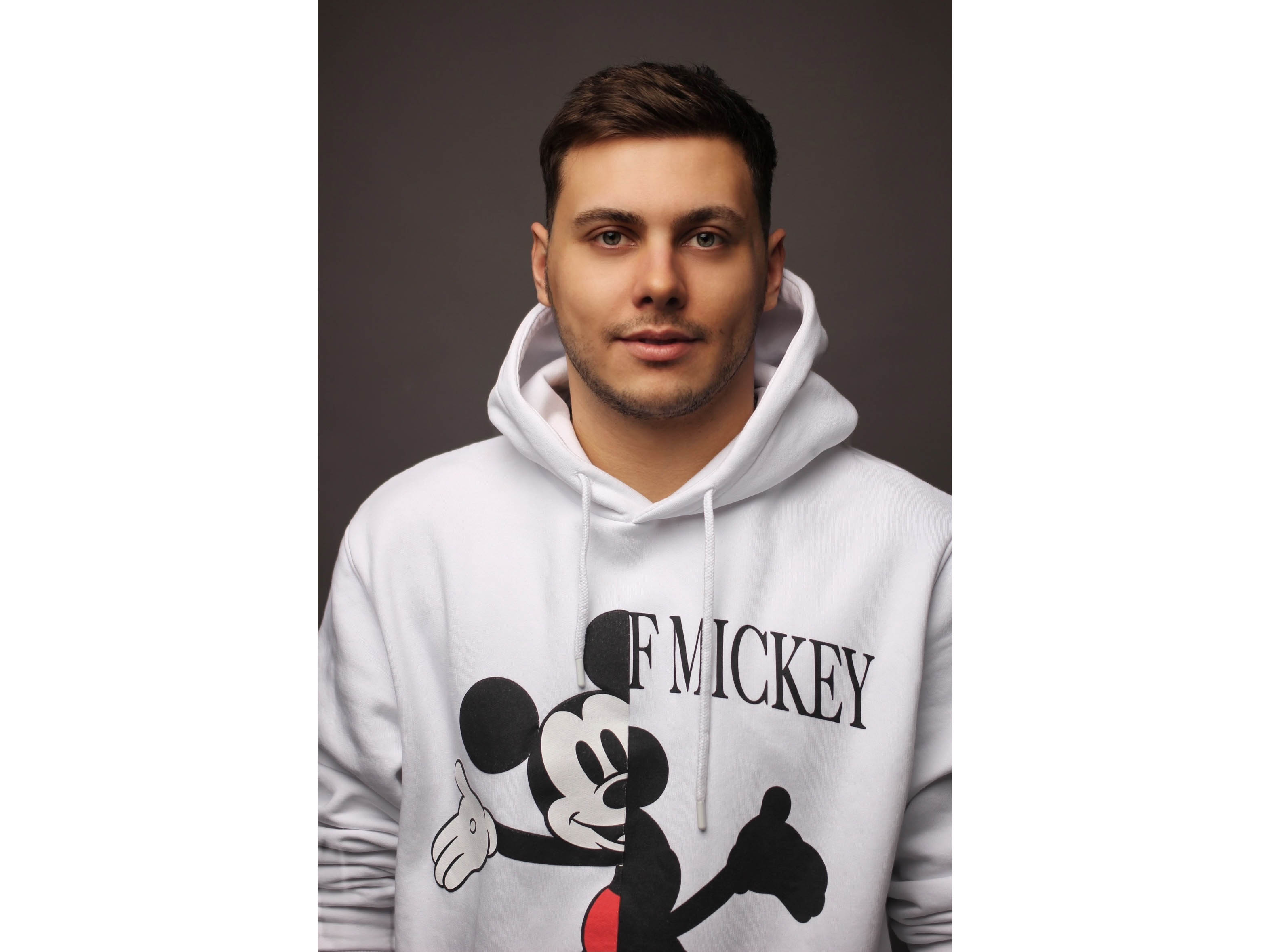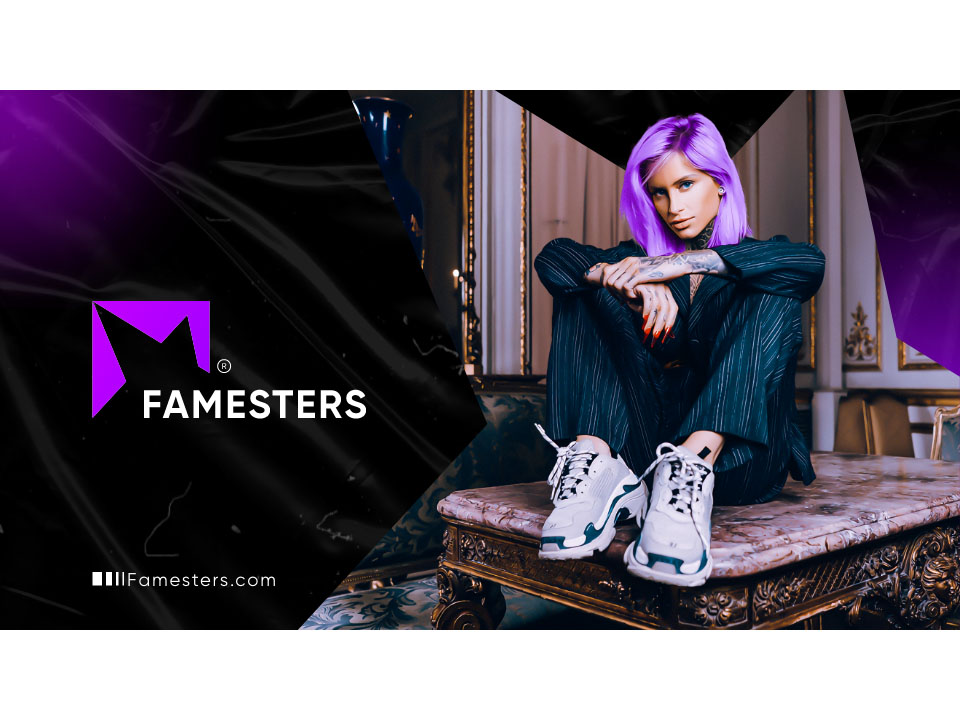News - Digital/Tech
Five major mistakes brands make when conducting an influencer marketing campaign
October 17, 2022
.jpg) Advertisement
AdvertisementInfluencer marketing is a powerful tool to take a brand on top of the market, but sometimes it doesn’t work. You expect a lot from the campaign, set a generous budget, choose trustable social media celebrities to work with… But the results are poor, they definitely don’t meet your goals and expectations in the end. Why so?
The main reason here is usually a mistake made during the preparations. Just one wrong step can pull the entire campaign and its results down.
BuzzGuru has been working with influencer marketers for over five years; the experience gave them knowledge, so they have gathered the most common mistakes brands and marketers make.
1. Poor prior research of a new market
This is the mistake most young brands make when stepping into the new waters and trying to conquer new markets and regions. Here is a simple example: a brand becomes somewhat successful in, say, Western Europe. People love its products, there’s a pool of influencers who can be named the ambassadors of the brand, their audiences are responsive, and so on. The brand decides that Japanese consumers will love its products too and starts an advertising campaign in Japan, simply doing all the same things it has done in Europe.
This is the point where the results start to worsen, even if the campaign is still in progress. You can read the future here: it won’t work. Japan is not Europe, the influencers and consumers there are different, and to reach out to them and really touch their hearts a brand has to be localized. And to localize and adjust to the market you have to do a deep research beforehand. Influencer marketing strategies differ for different regions and countries, what works for Europeans can leave Japanese completely indifferent.
2. Ignoring competitors
A brand’s competitors are a rich source of insights for its future influencer marketing campaigns. Ignoring them is a mistake that can cost a whole marketing budget. Sometimes brands even think they just don’t have competitors in the market – this is always wrong. Even if there are no identical companies, there always are some that compete with you for a consumer at least partially. Are you selling soda water? Well, juice and milk producers are your competitors.
Competitor analysis gives you an opportunity to avoid the mistakes they have already made and to arm with the most successful strategies they show you. So don’t skip the ads when watching a YouTube video: they may be just the ones your competitors have made recently, see what they’ve got for you as a potential customer. Then look whether this makes other potential clients happy or not: analyze the statistics of the video, see what’s the level of the engagement rate, what’s the number of views and the views/likes ratio, read the comments. It may seem too complicated and tiring, but there are influencer platforms and marketing tools that make the work easier: BuzzGuru, Semrush, Ahrefs, etc. You just have to choose the one that shows you the most of the competitor analysis and arranges the vital data neatly for your convenience.
3. Going for the big names only
Your ads on a YouTube channel with 5 million followers sounds good, right? Or Kim Kardashian praising your product – this too. But celebrities and mega-influencers with millions of followers are not always the right choice for a brand. Big numbers can be attractive, but choosing only big names for an influencer marketing campaign can lead it to a failure, and this is why.
First, not all the celebrities have a high engagement rate. They have a lot of followers, that’s right, but do the followers really trust their opinions, are they invested in the content such influencers make? Many people follow celebrities simply for the hype or to be informed about their lives together with friends – it’s like watching a TV-show together. Smaller influencers have a higher engagement rate as a rule. While many people follow celebrities for fun only, the same people follow niche influencers for their content, their experience and advice. This is where the most responsive consumers gather. They see smaller influences as closer friends, see themselves in the influencers as they lead lives that are much more like an average customer’s. In the end, people trust people like them.
Second, big names can simply be not suitable for your products as their audiences have different interests and tastes. For example, take Kim Kardashian: she probably can advertise your new cool horror video game made for 18-24 years old men (for a generous amount of money). And a lot of people will see the message, but will they be your target audience? Probably not, so the conversion and ROI can’t be high here.
And third, choosing celebrities you have to set large budgets for an influencer marketing campaign. And even if you have all the resources, you probably won’t be able to pay more than 5-10 mega-influencers for their services. The point is: when betting on only one influencer or just a few of them, you take a big risk. If the ads fail, the whole campaign fails, and you lose all the money. To diversify risks, it’s better not to put all the eggs in one basket. The distribution of your budget among many smaller influencers with lower prices helps a) to reach a wider variety of audiences and b) to lessen the risks of losing investments.
4. Not being specific with influencers
When briefing an influencer, it’s important to define every single requirement. Yes, you can and even should give the creators of your choice freedom to, well, create and be themselves – the ones their audiences love and listen to. But in the end, your requirements are what define the ad you can approve. A poor brief leads to disappointment and having to redo everything several times, this wastes your and the infuencer’s time and resources.
To get an ad creative that suits your brand and will actually sell your product, you have to come up with a detailed brief.
- Define the goal of your campaign.
- Tell the influencer everything about your product that is important and has to be highlighted.
- Define your technical requirements.
- Ask to show scripts for prior approval.
- Make sure the influencer’s creative ad is structured.
- Tell the influencer about your dos and don’ts.
- Ask for a call to action.
- Set deadlines.
5. Relying on feelings, not data
You may like a particular influencer and what they do, but your audience just may be on the other side. An influencer marketing campaign is not about what a marketer or a brand owner really likes for themselves, it’s about what your target audience wants and needs.
The data-driven approach is what you need and what the whole industry is moving to. Today, there are tools and platforms that allow you to apply such an approach on every stage of your ad campaign from prior research to evaluating the results. Having more in-depth data on influencers’ performance and the results of your competitors’ campaigns gives you an opportunity to make better decisions, makes your strategies more efficient and, in general, brings bigger returns. Don’t underestimate modern marketing tools: they can not only save you time, but also become full-stack assistants, giving you all the data you need to succeed.



.jpg)










